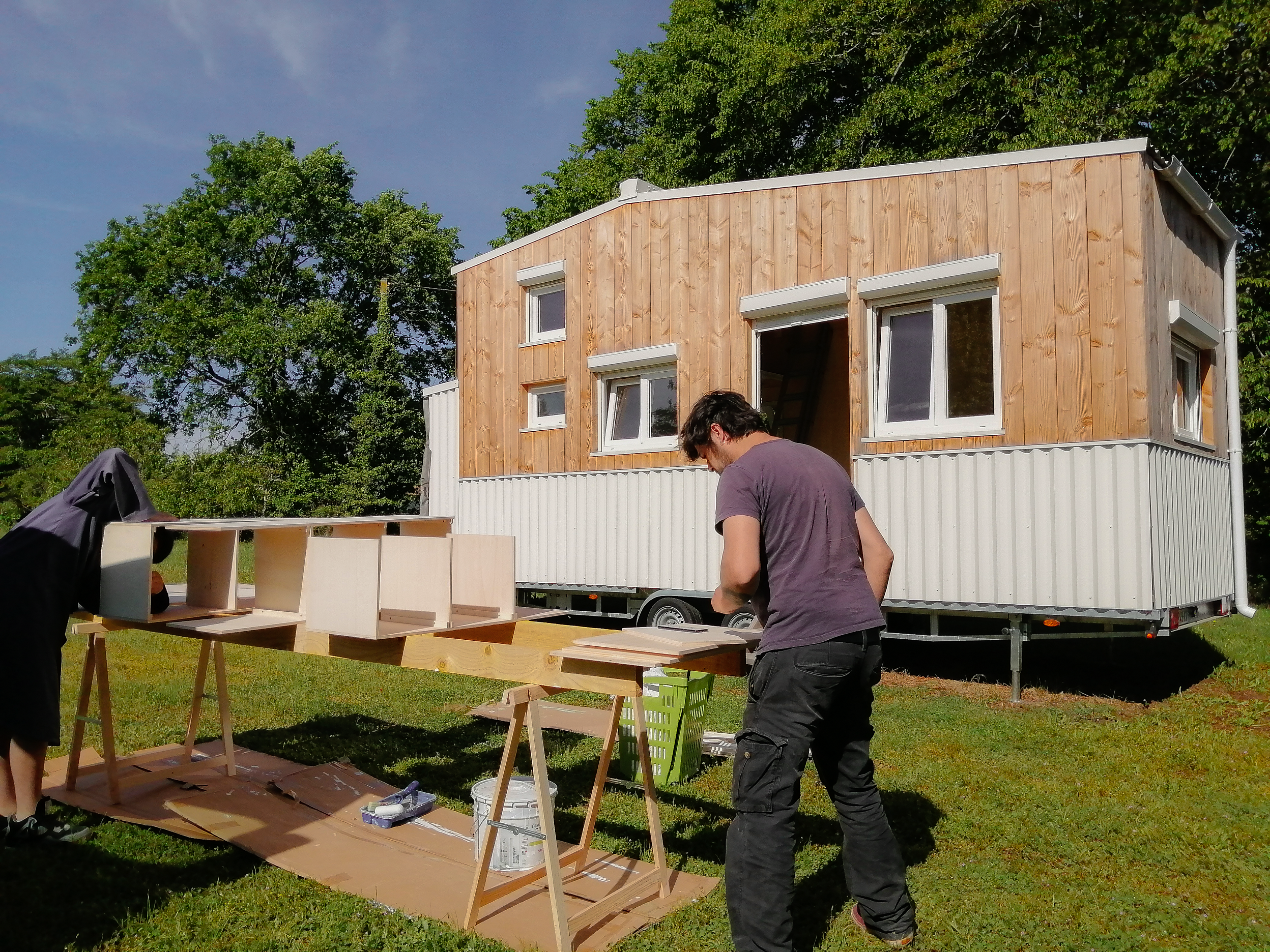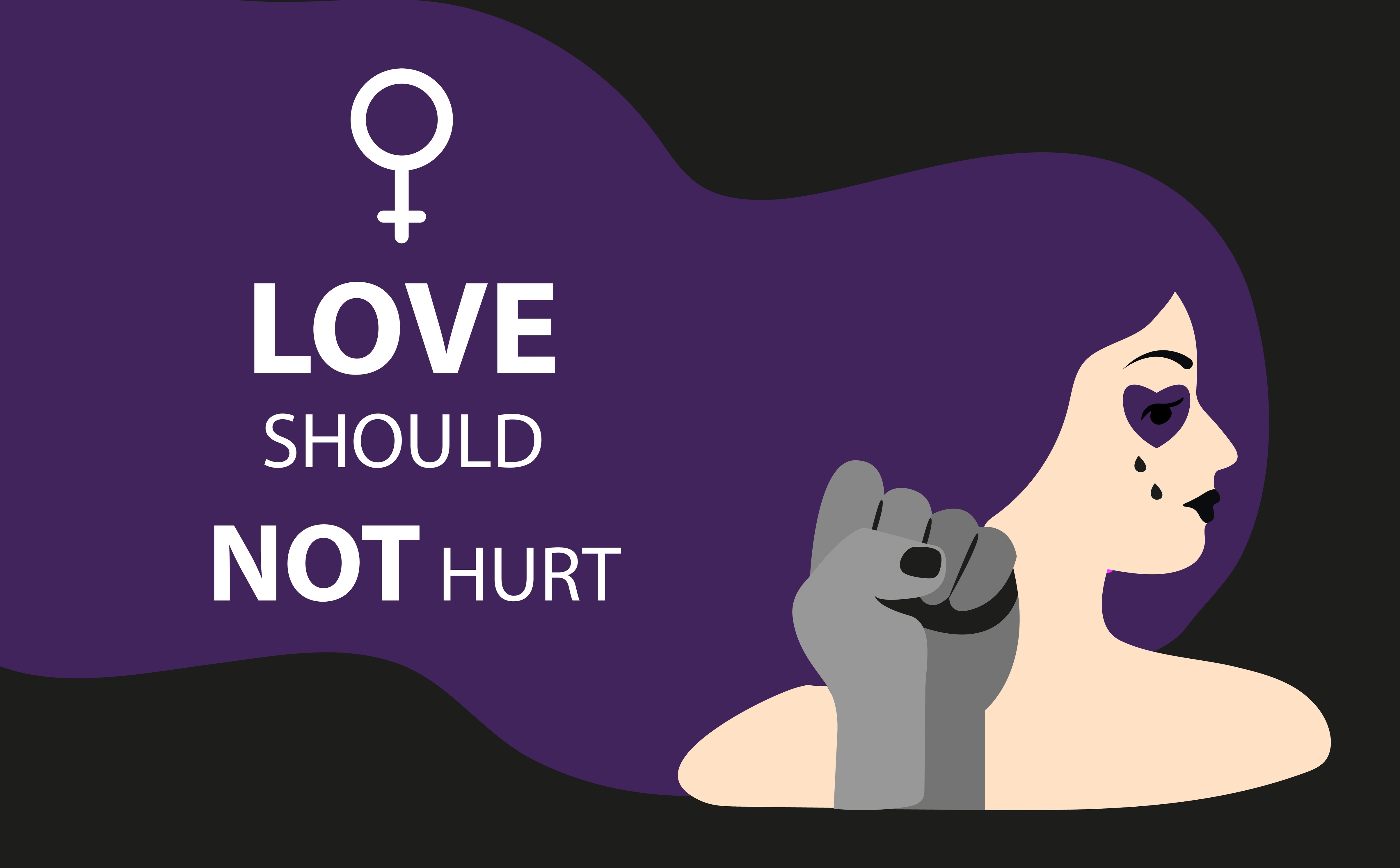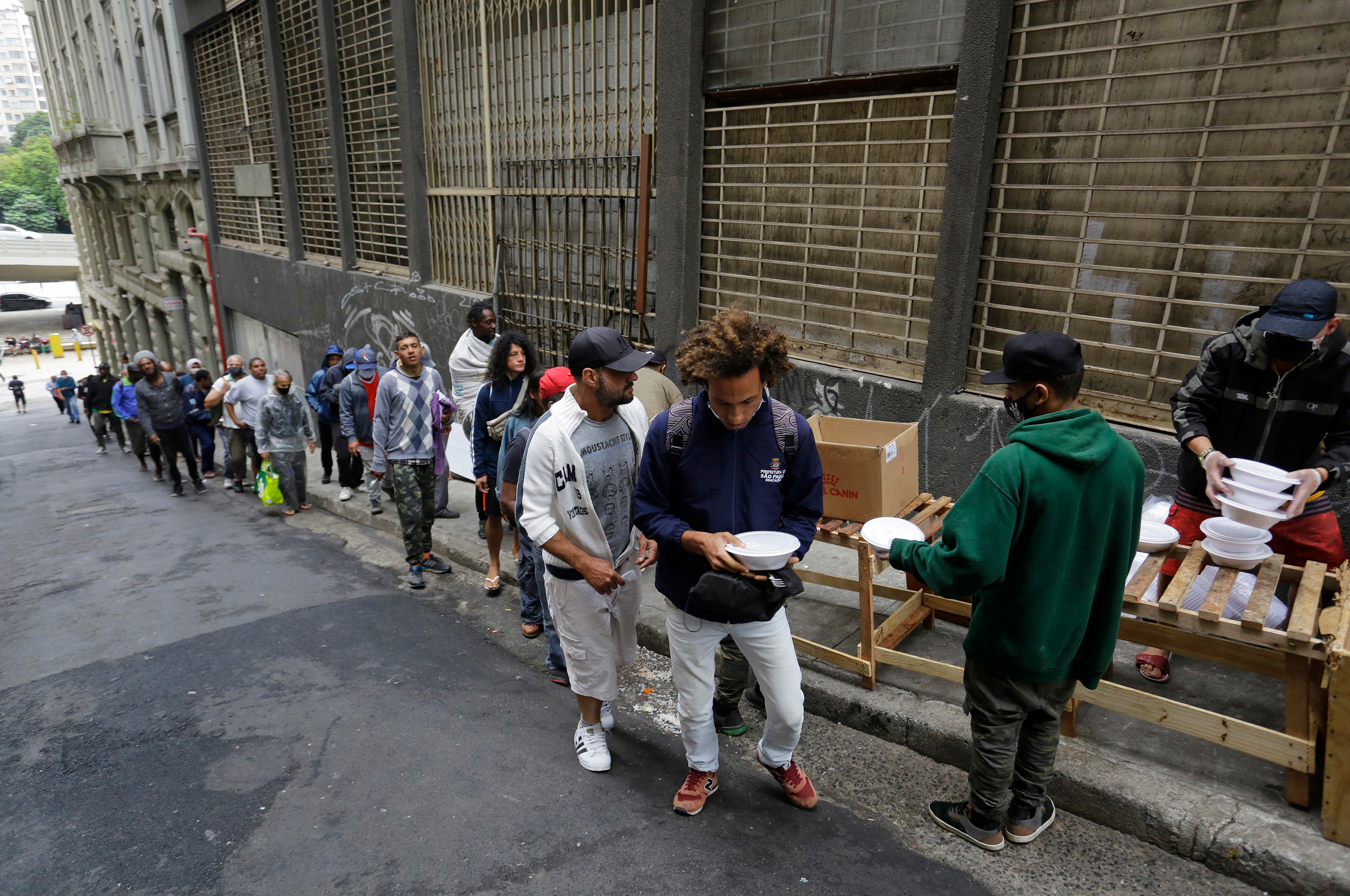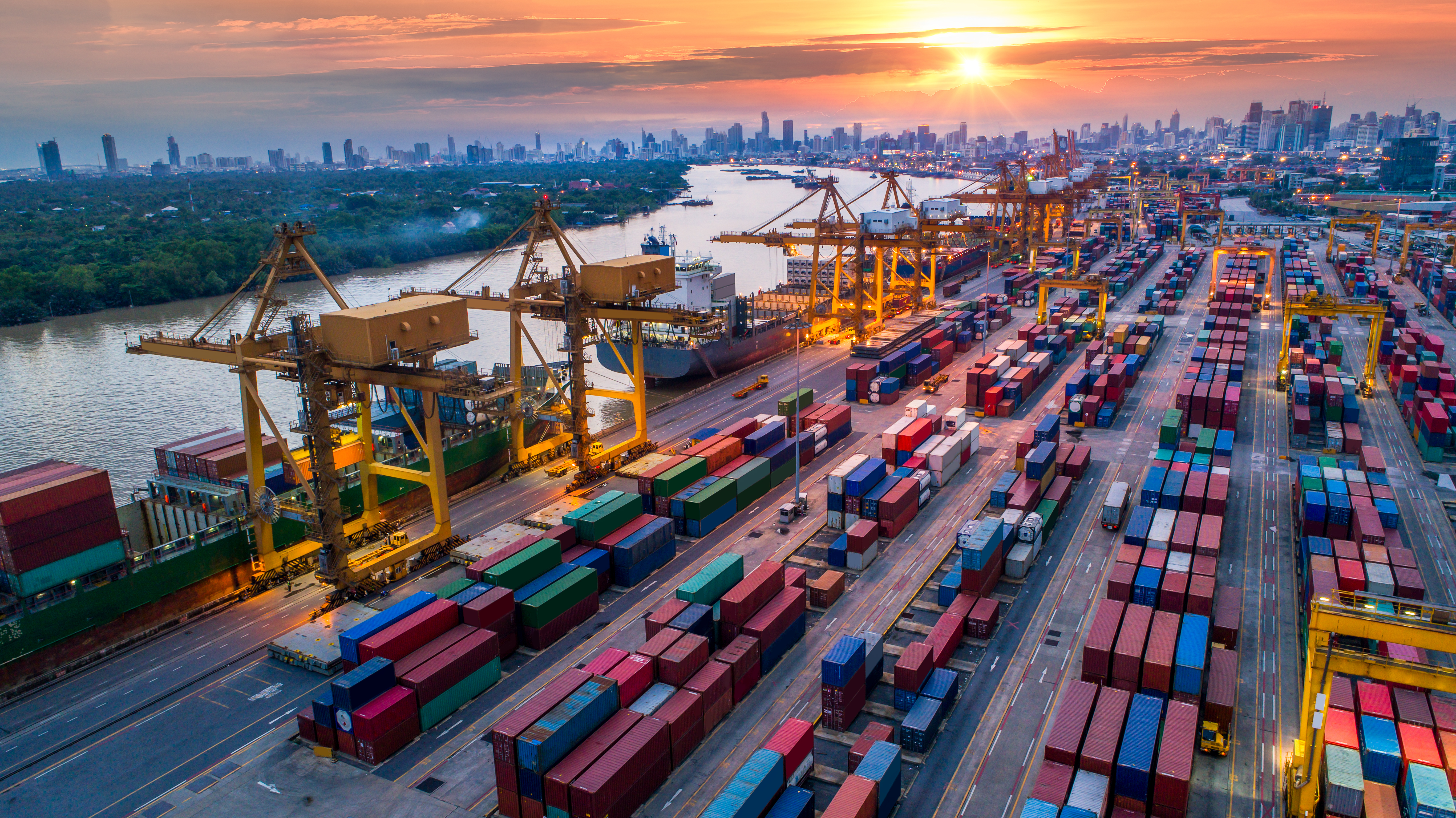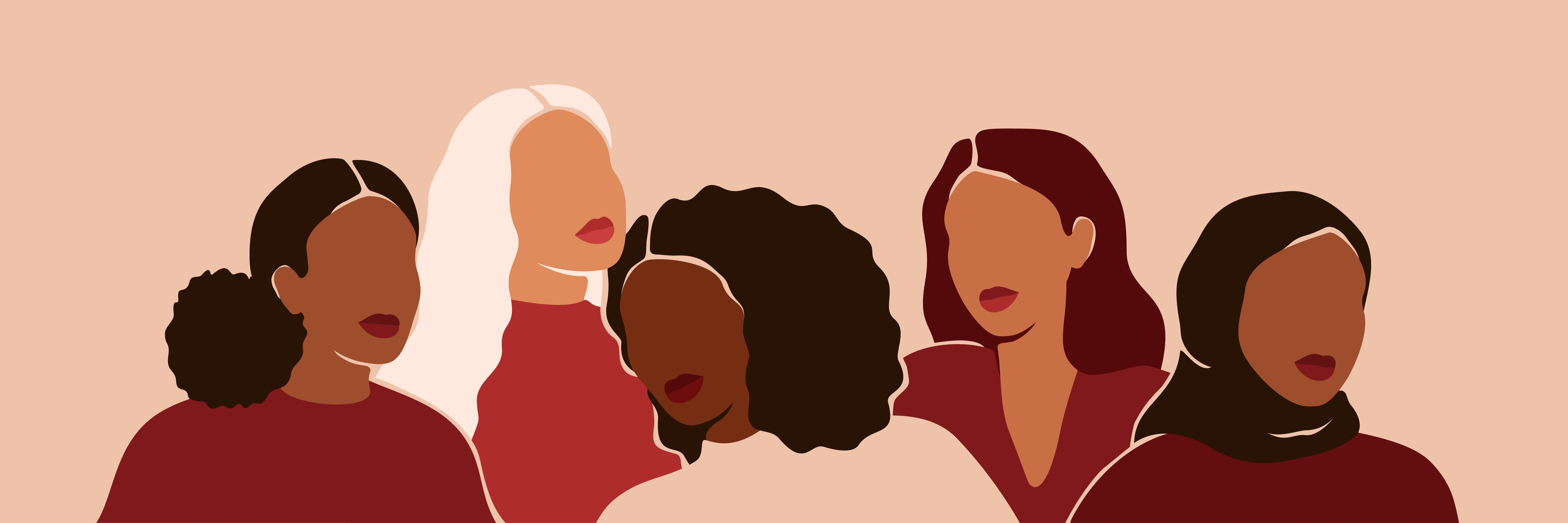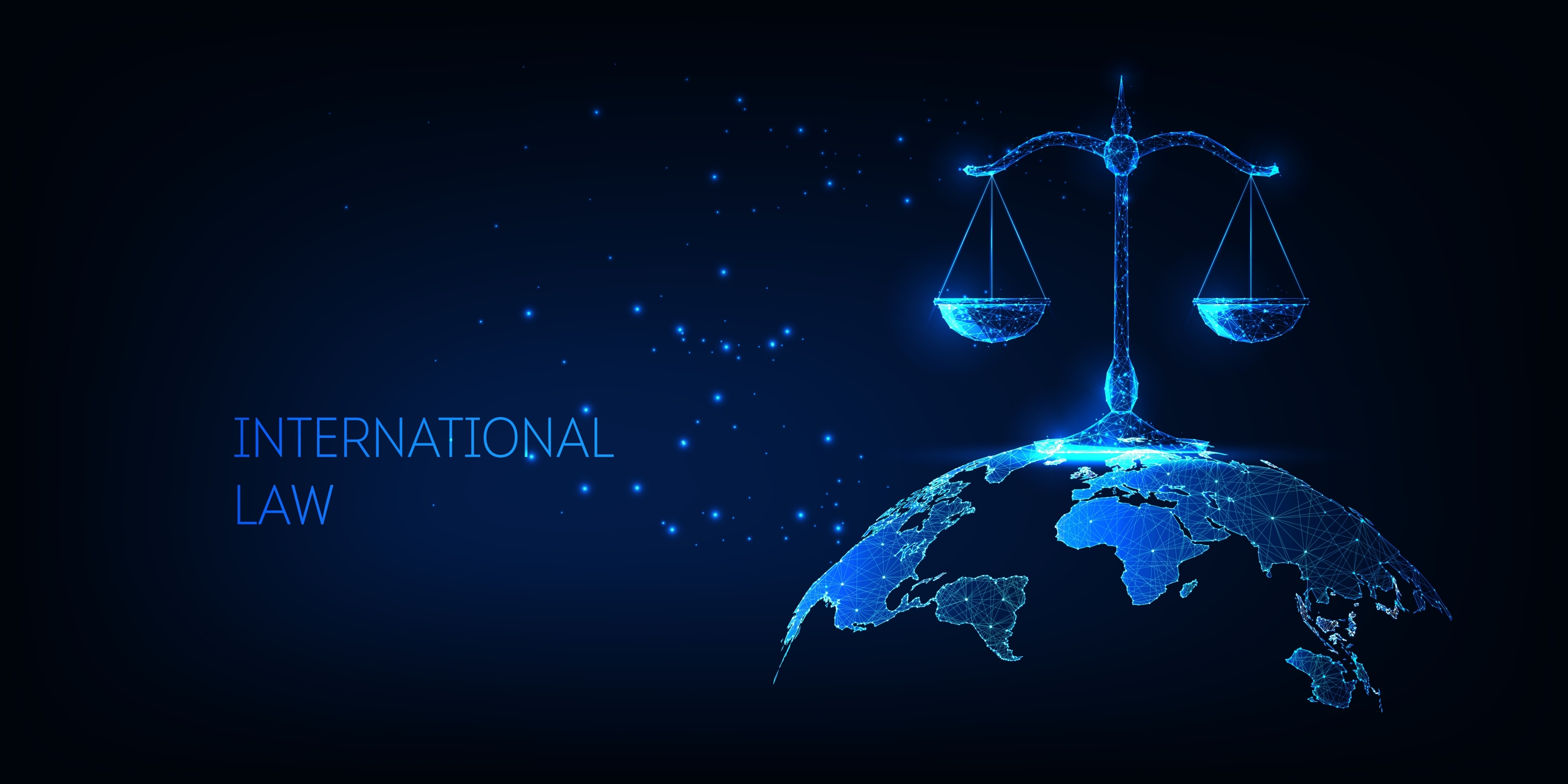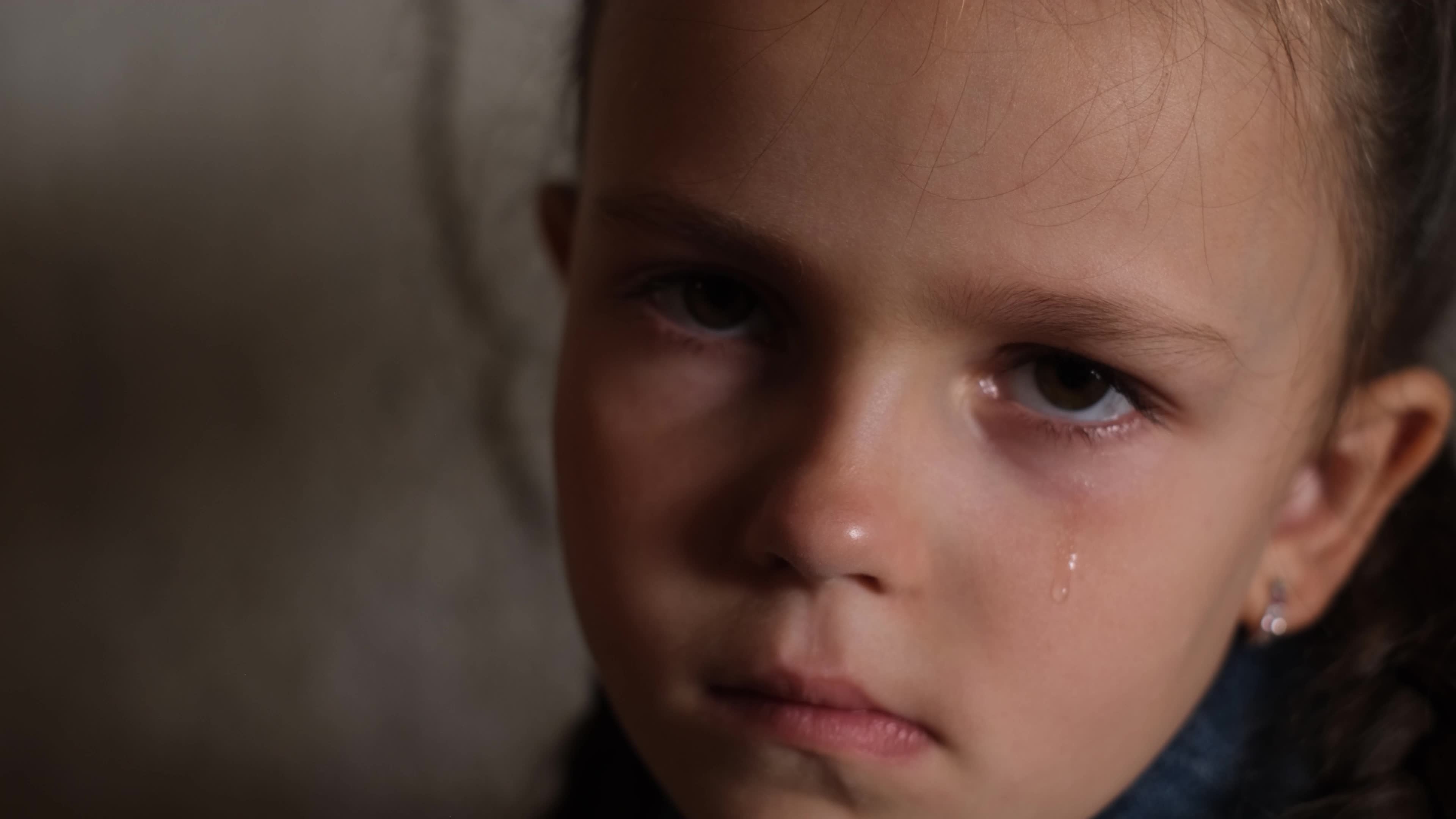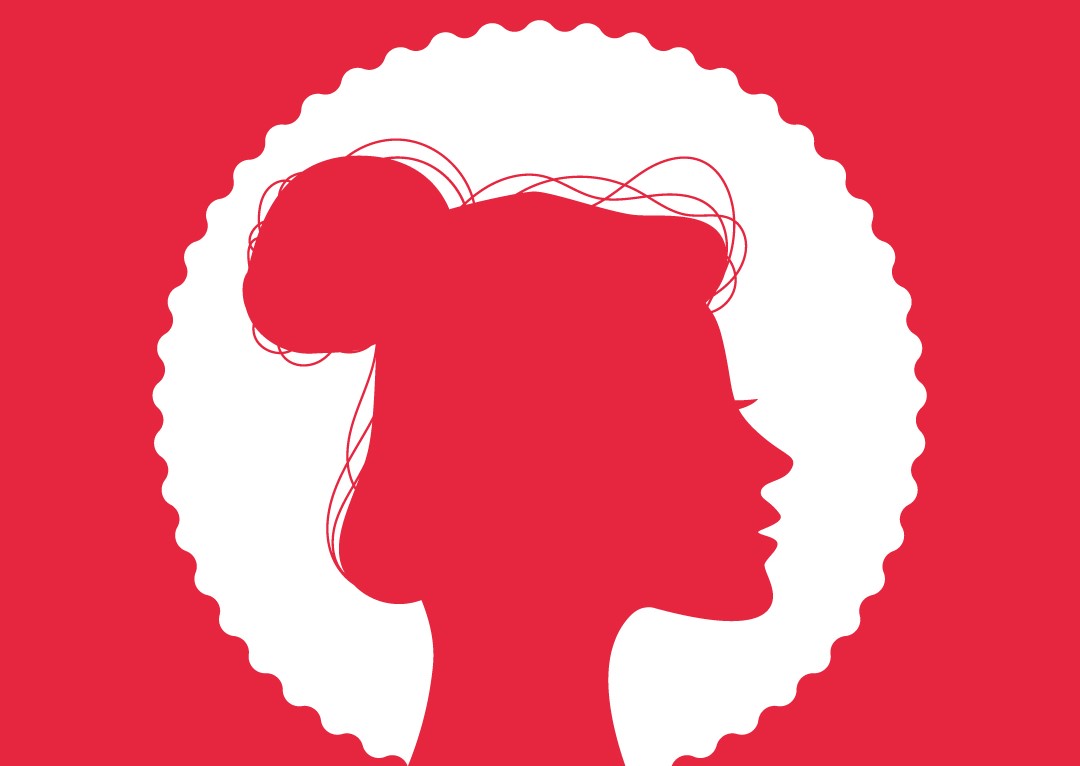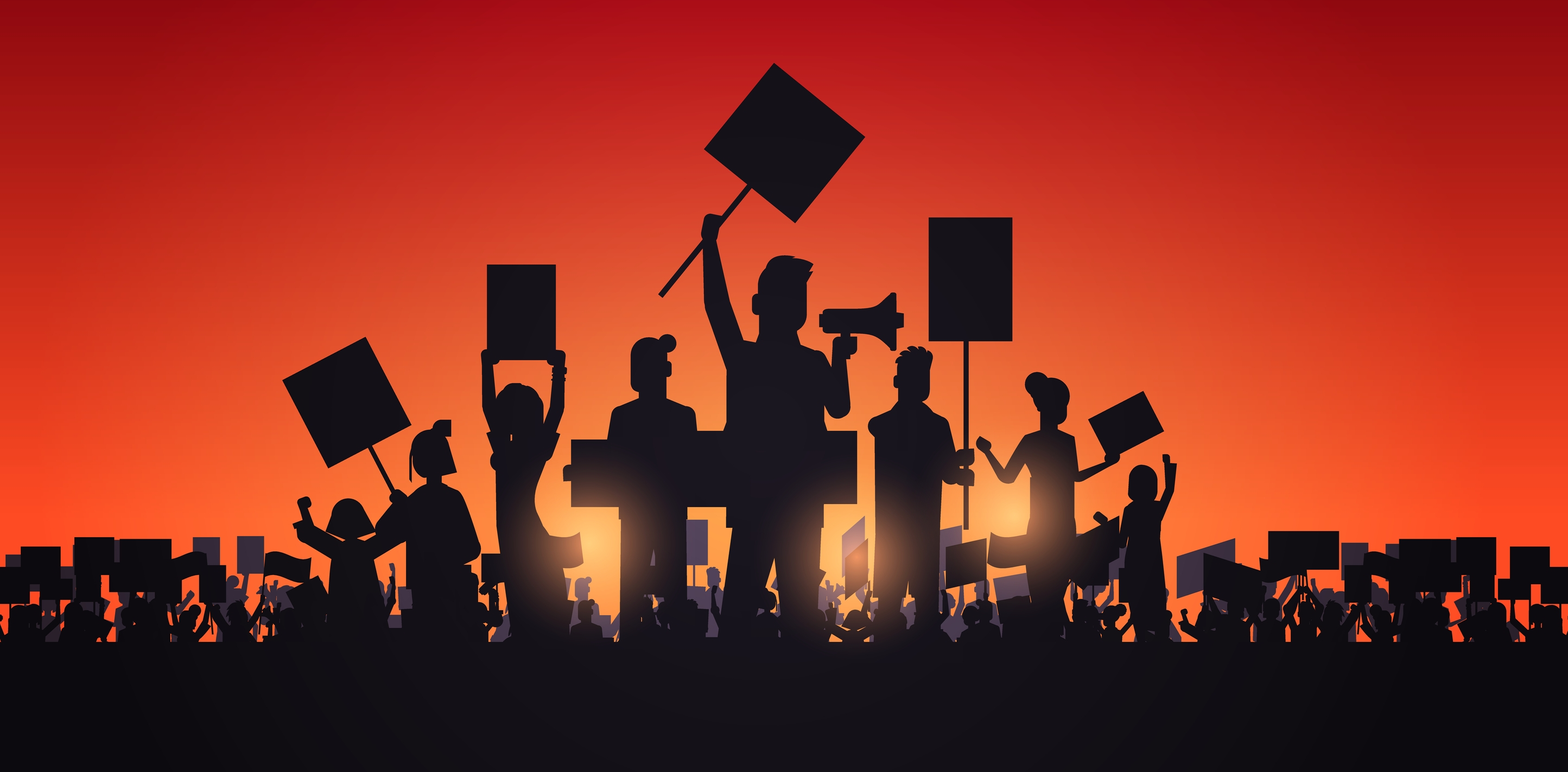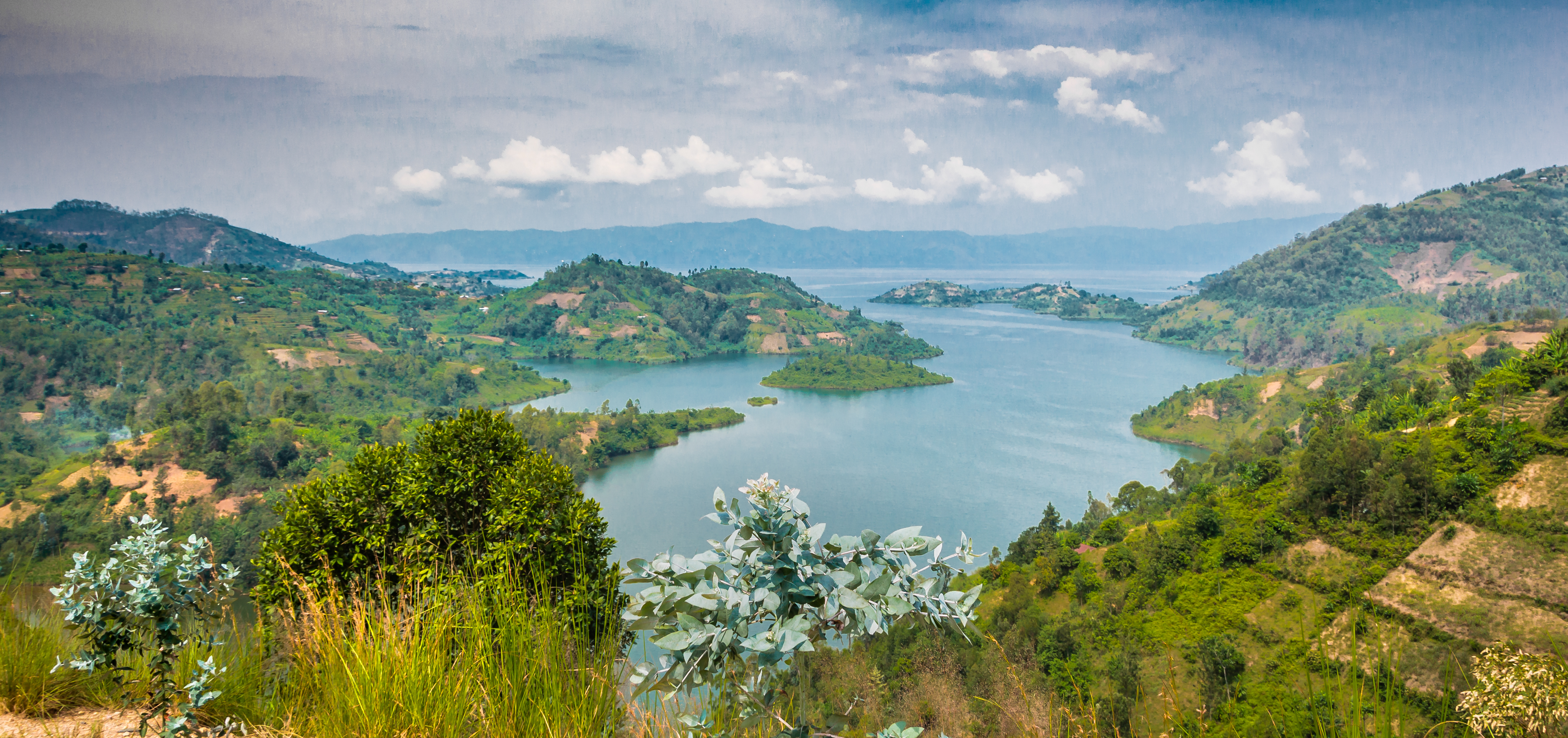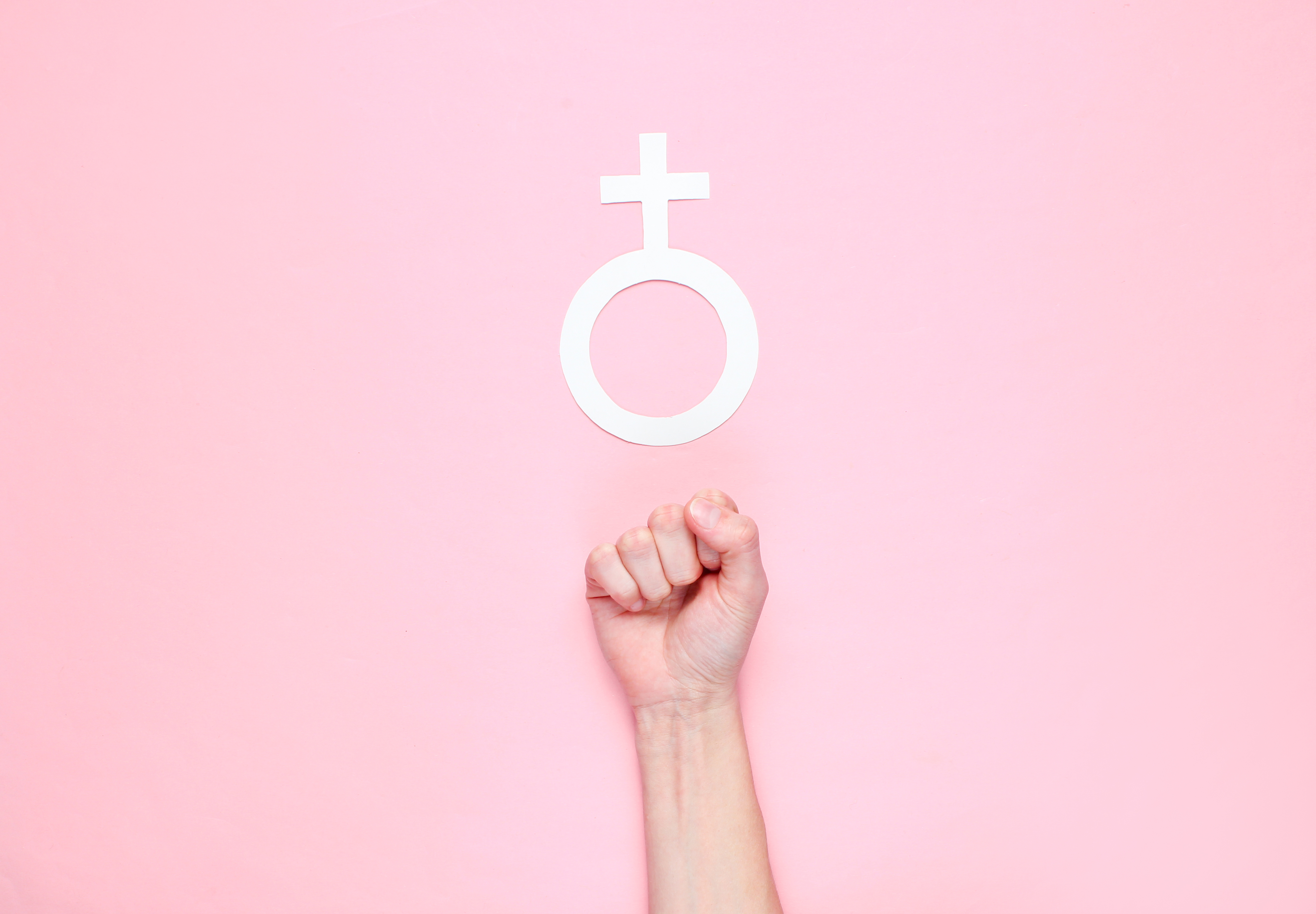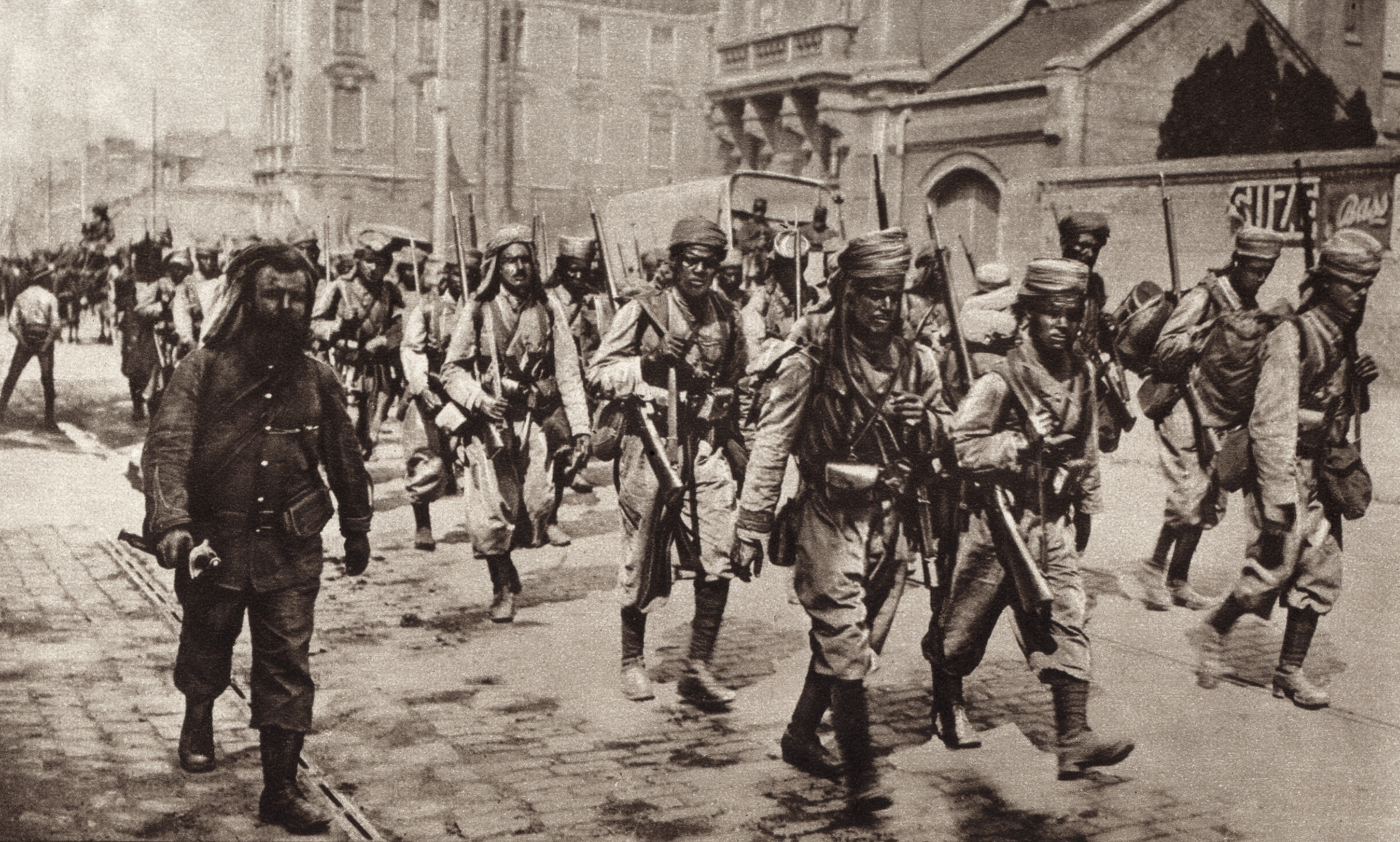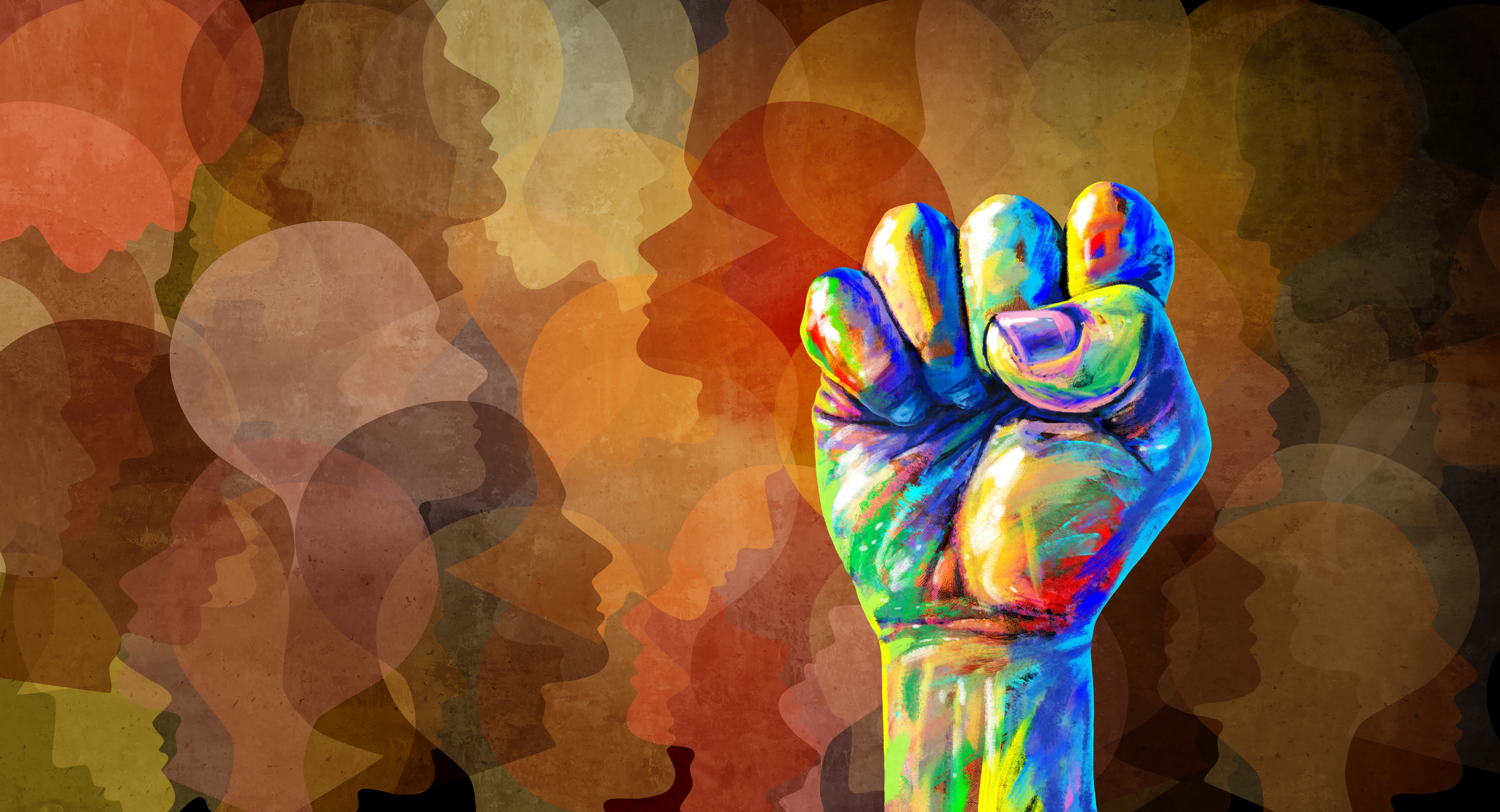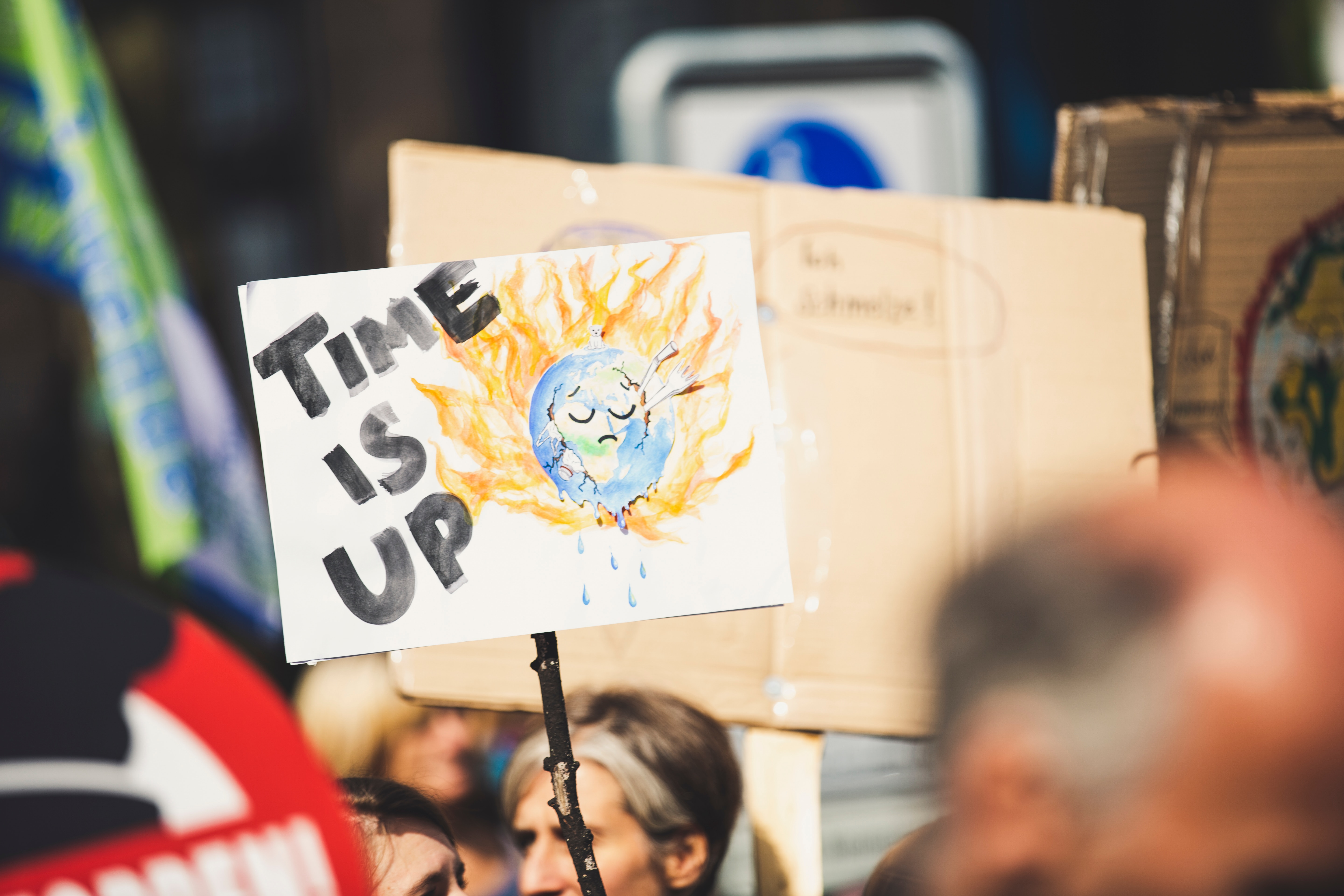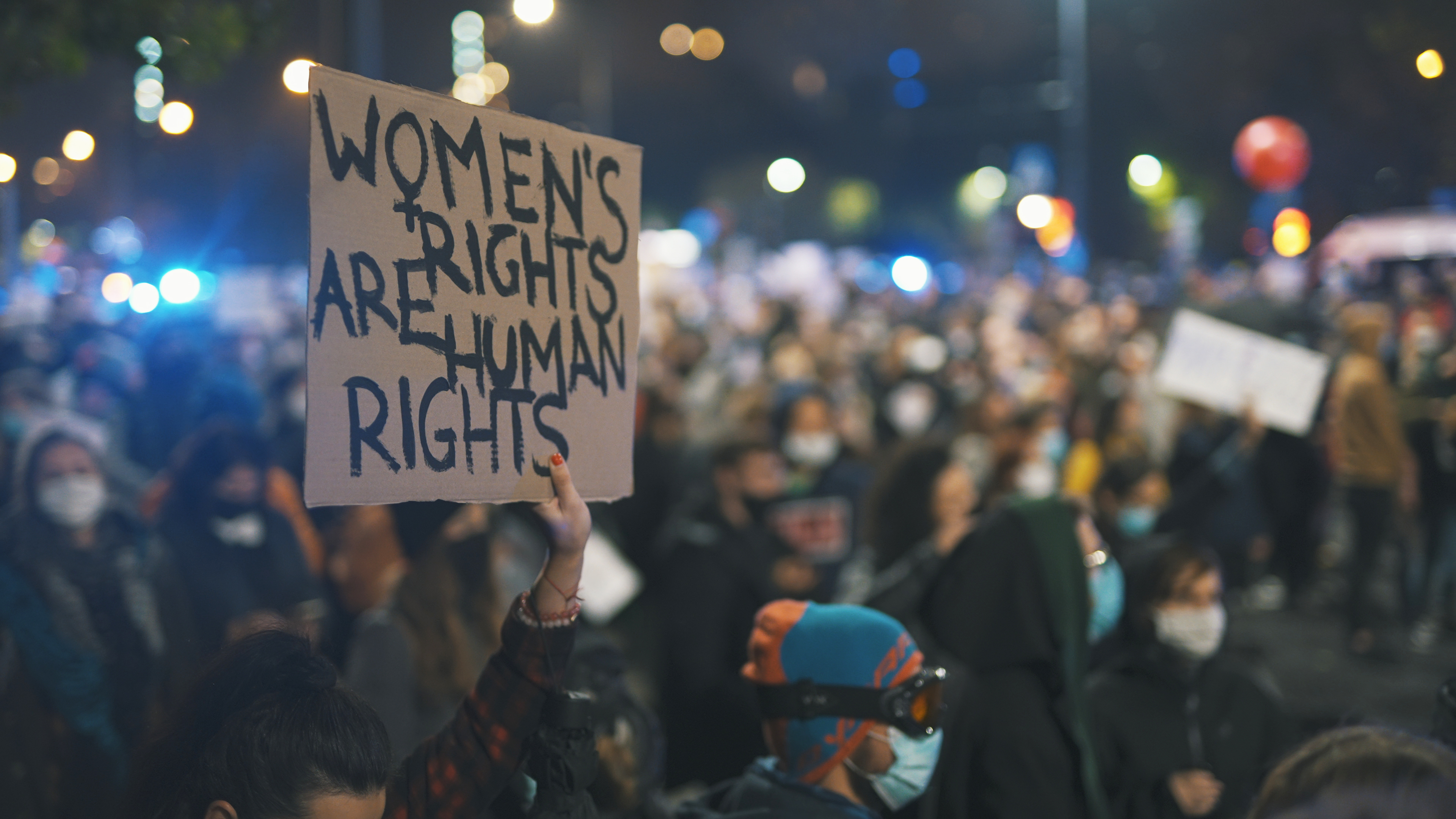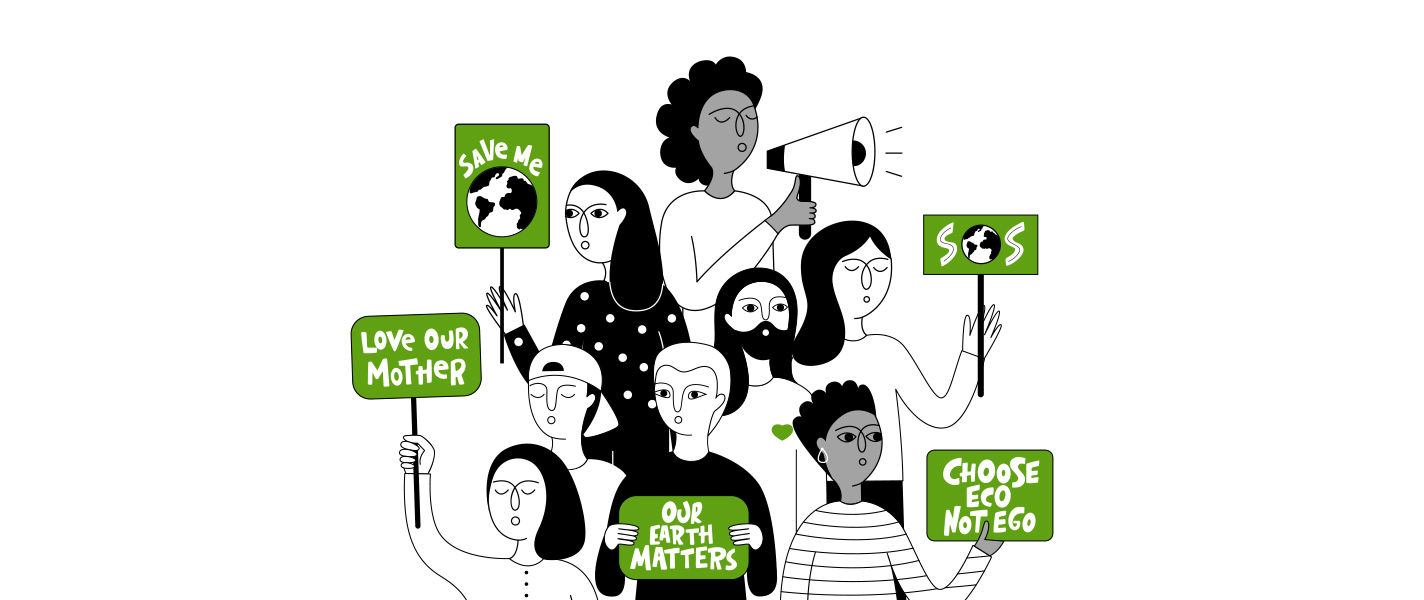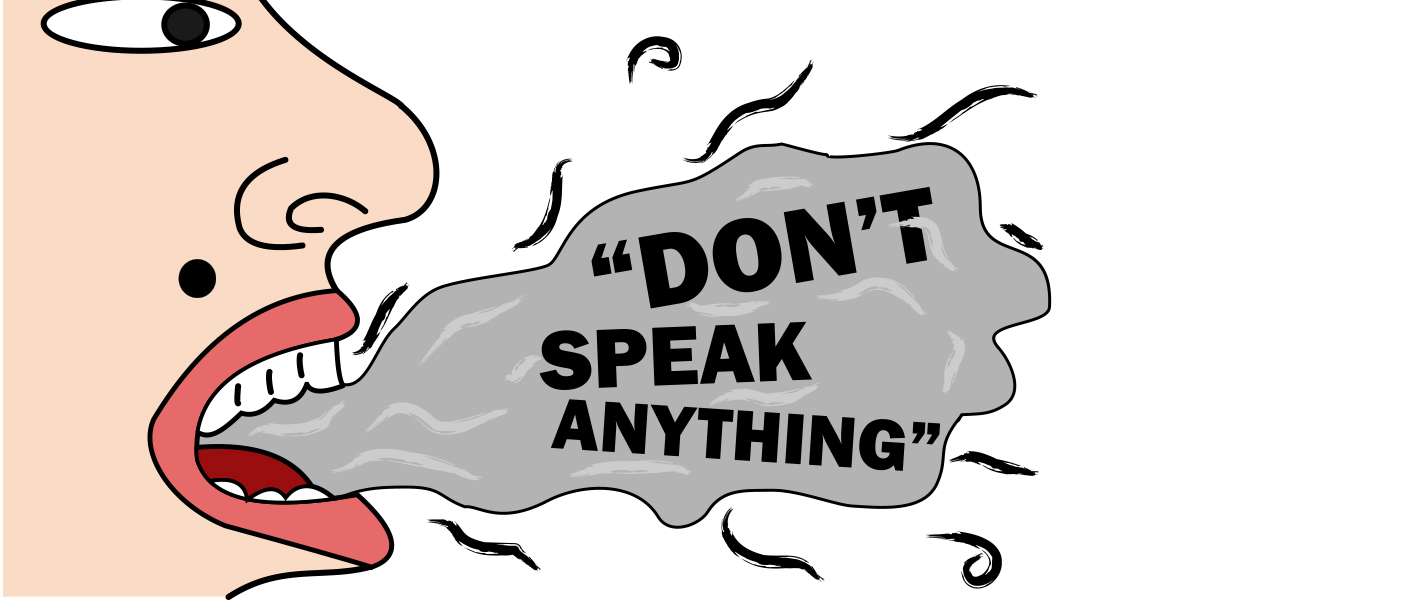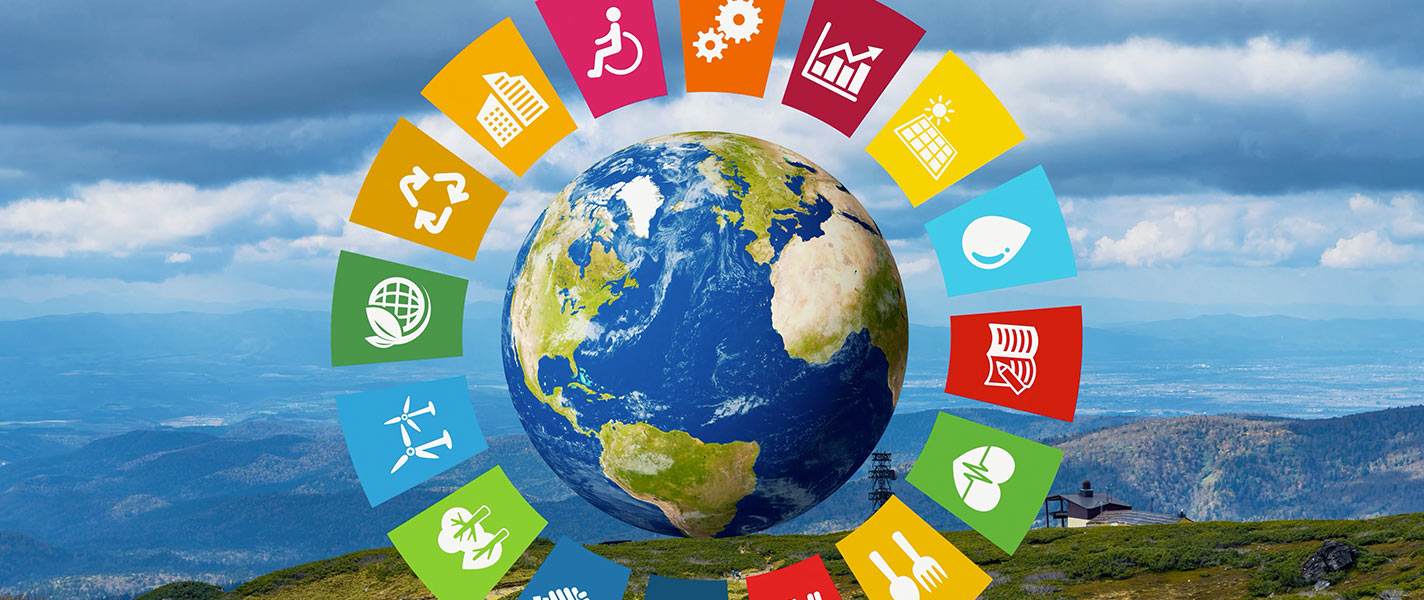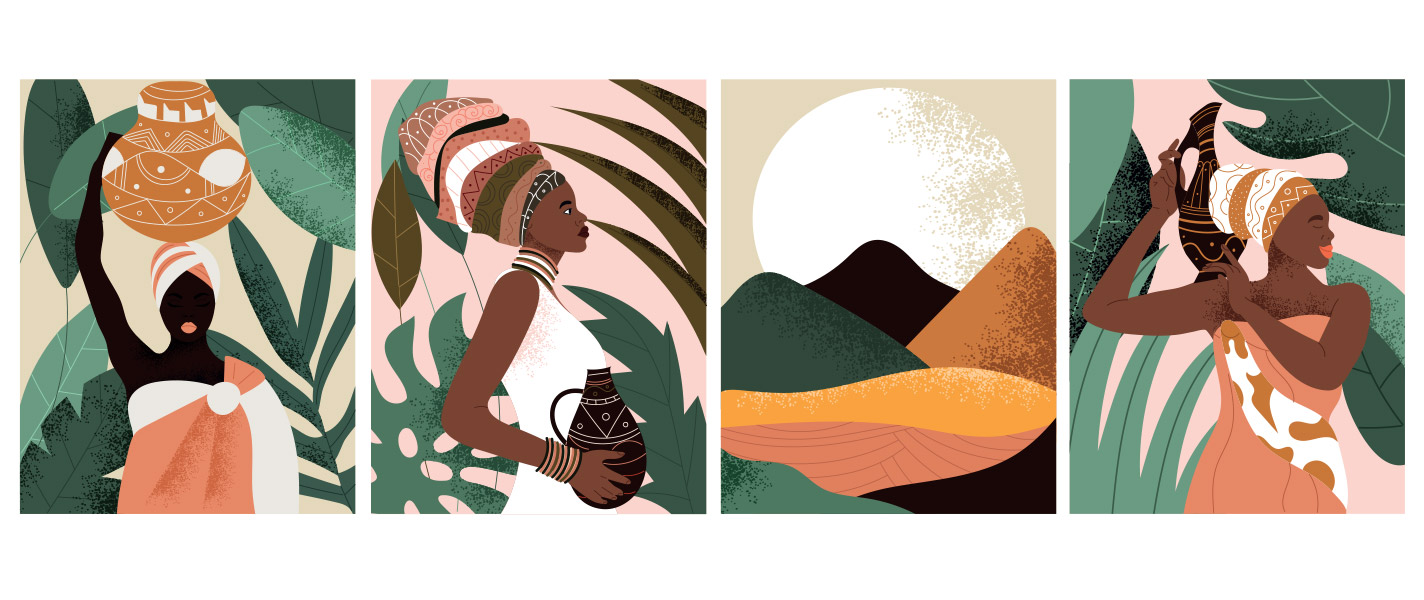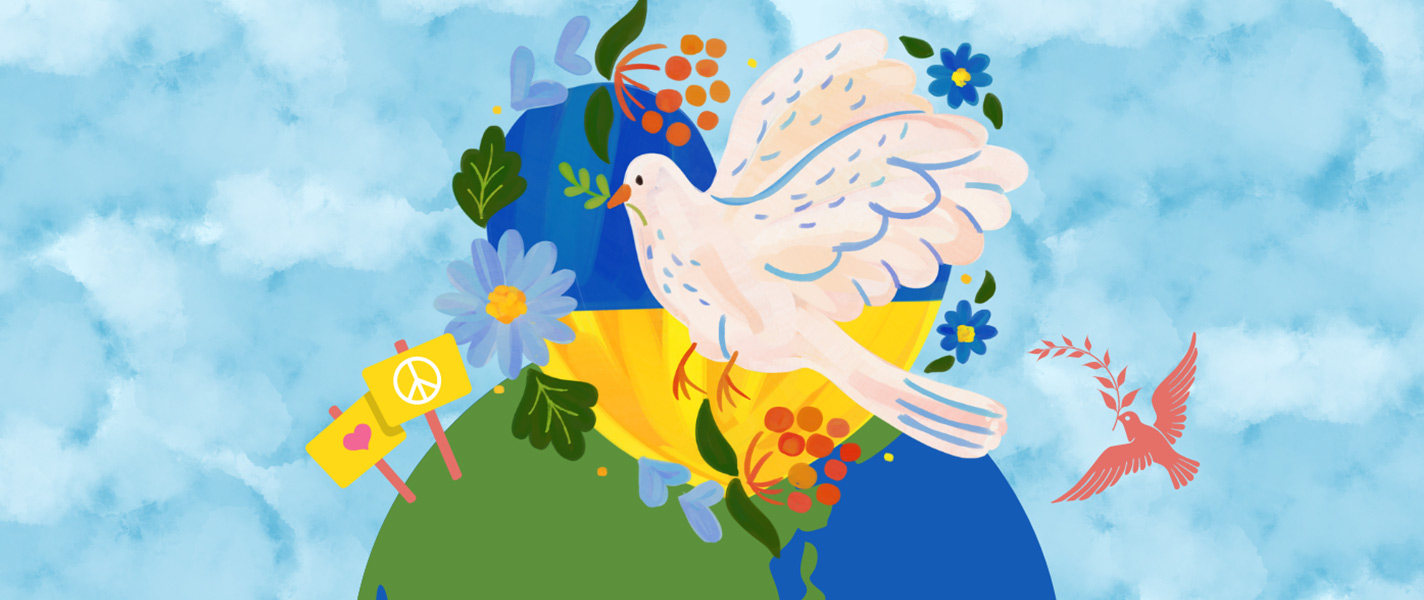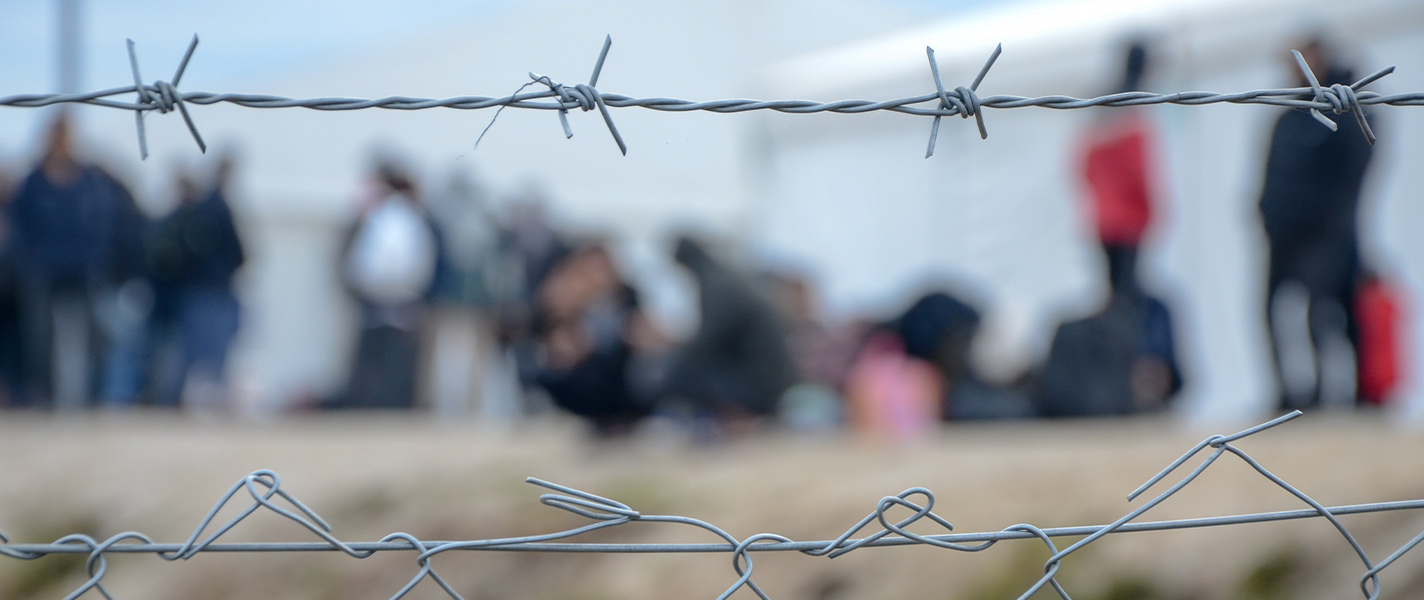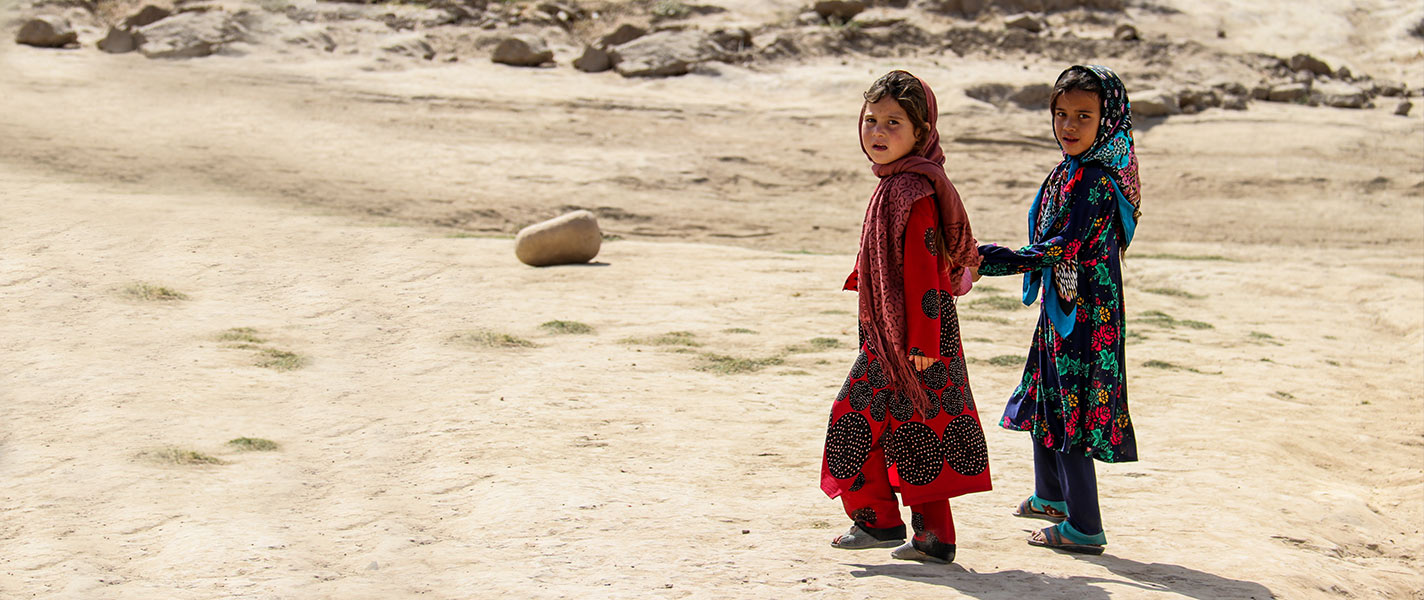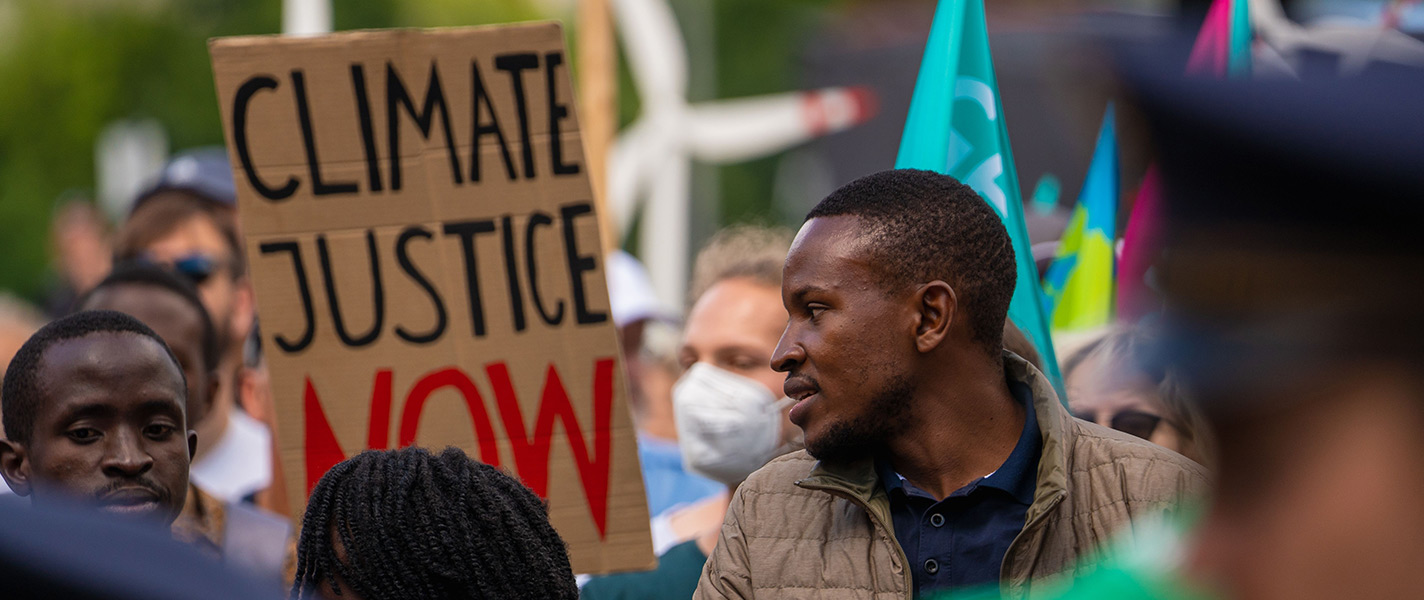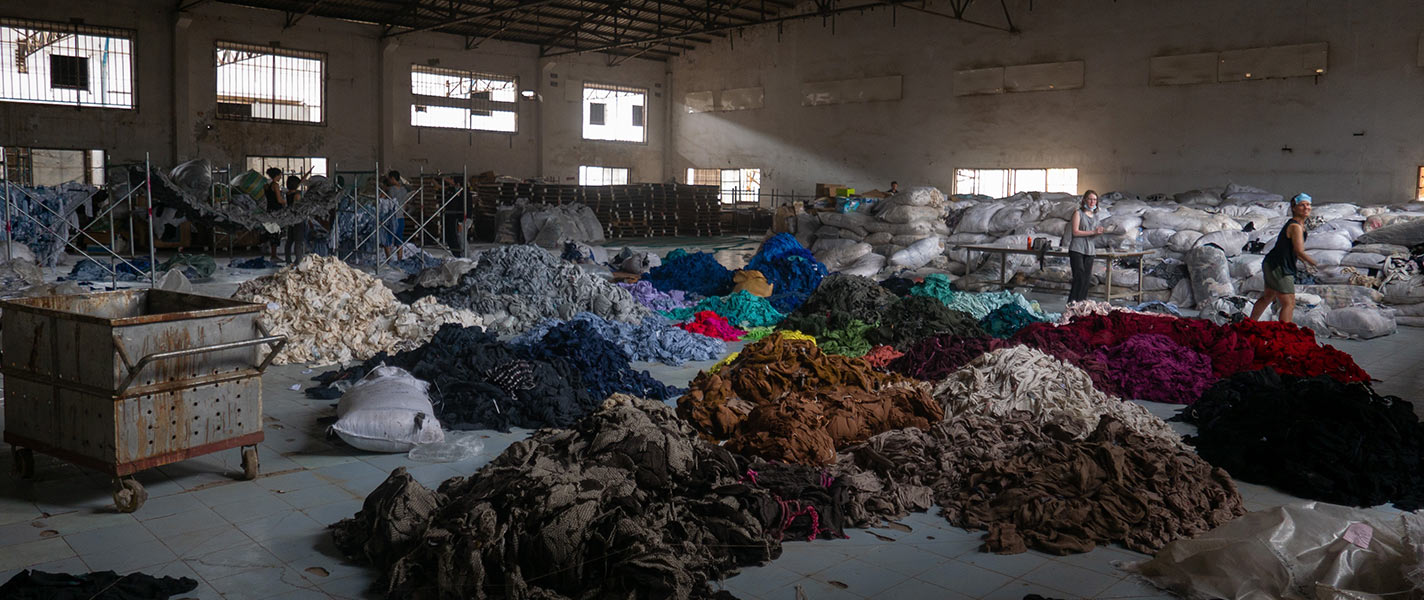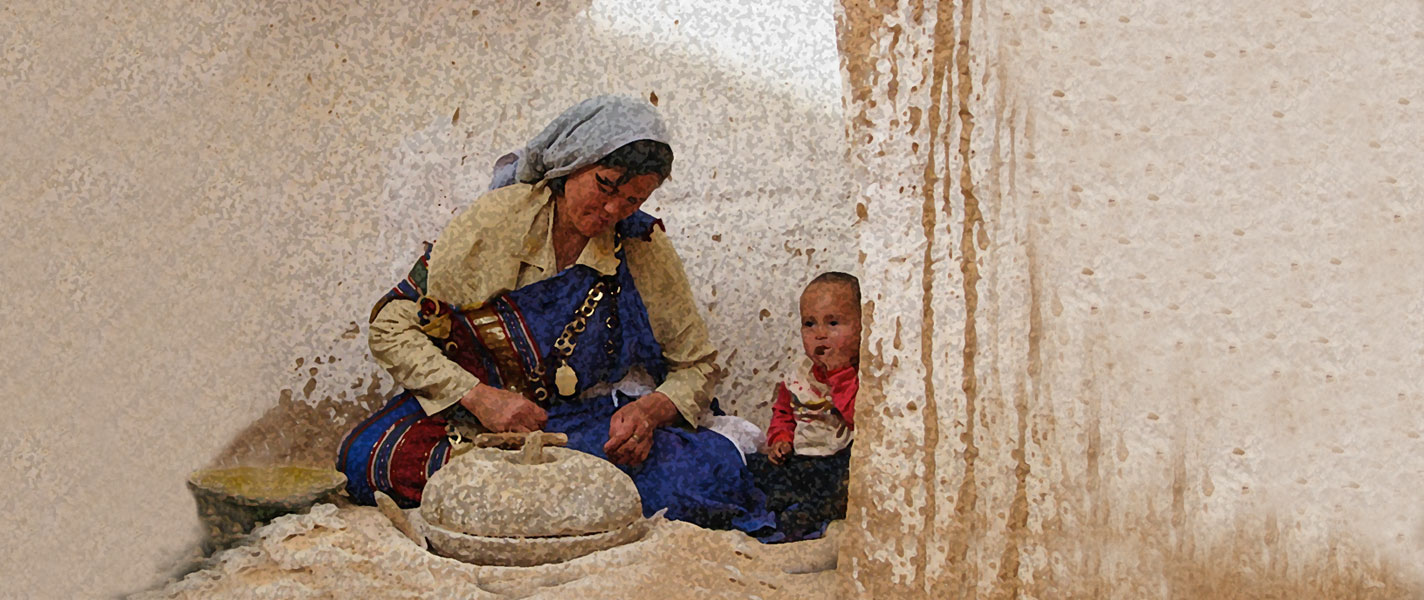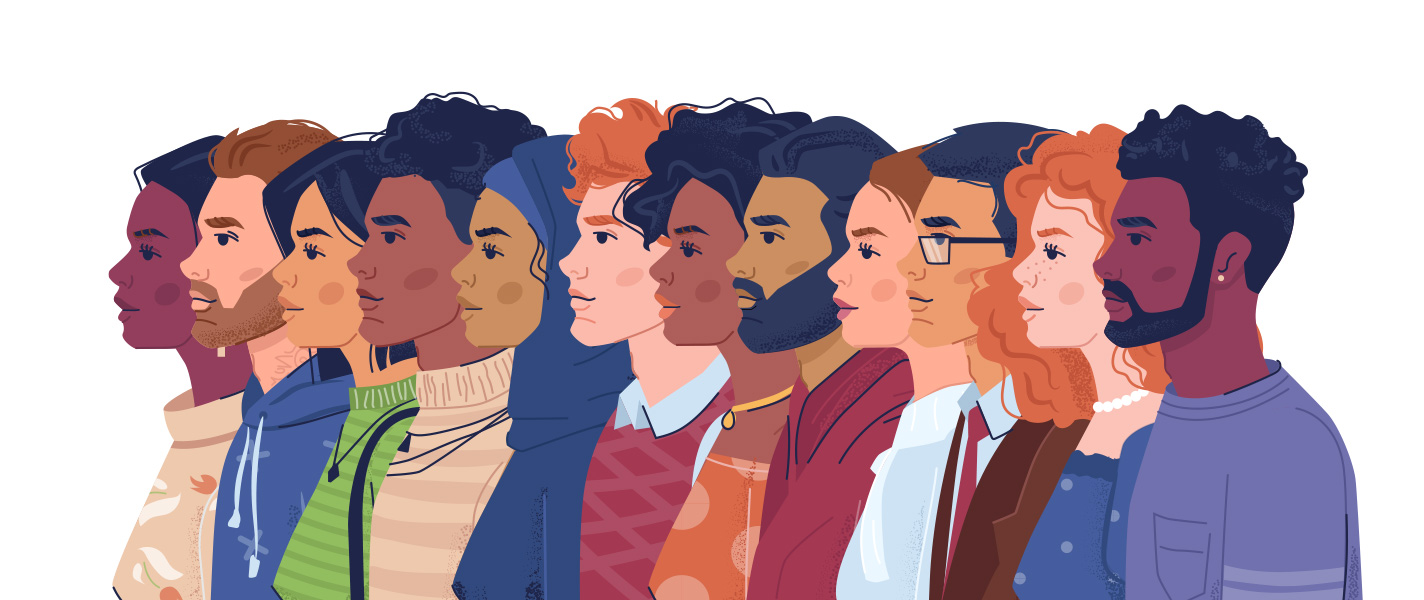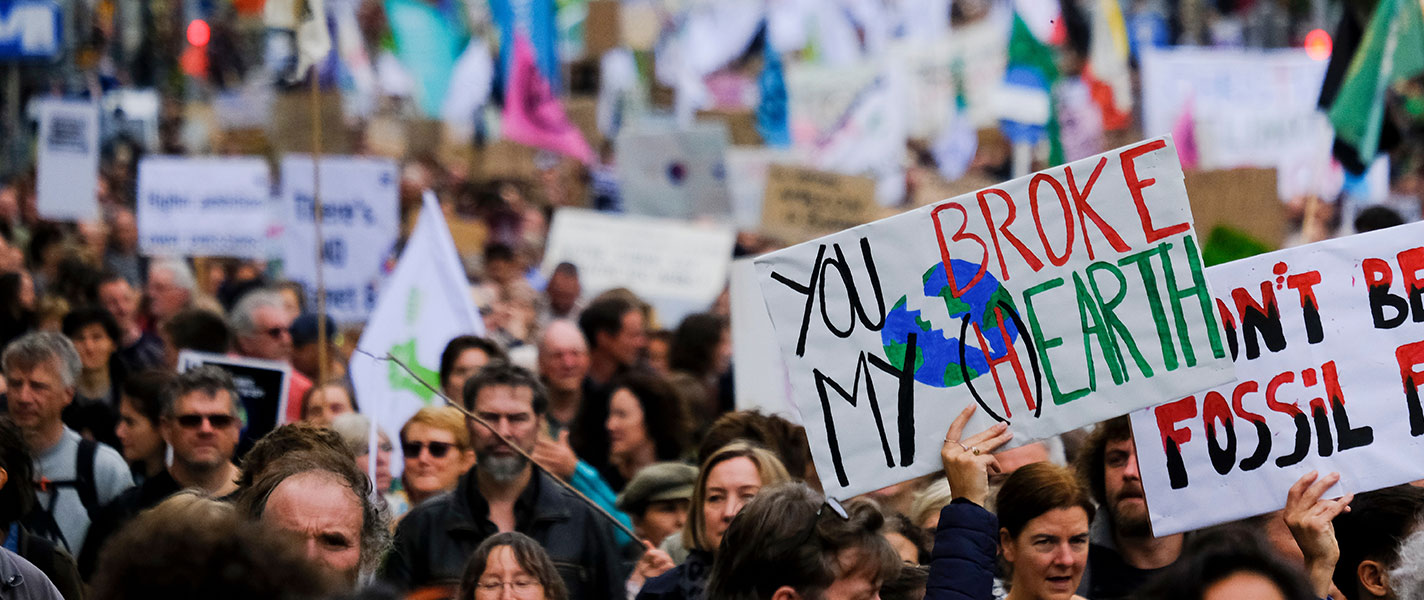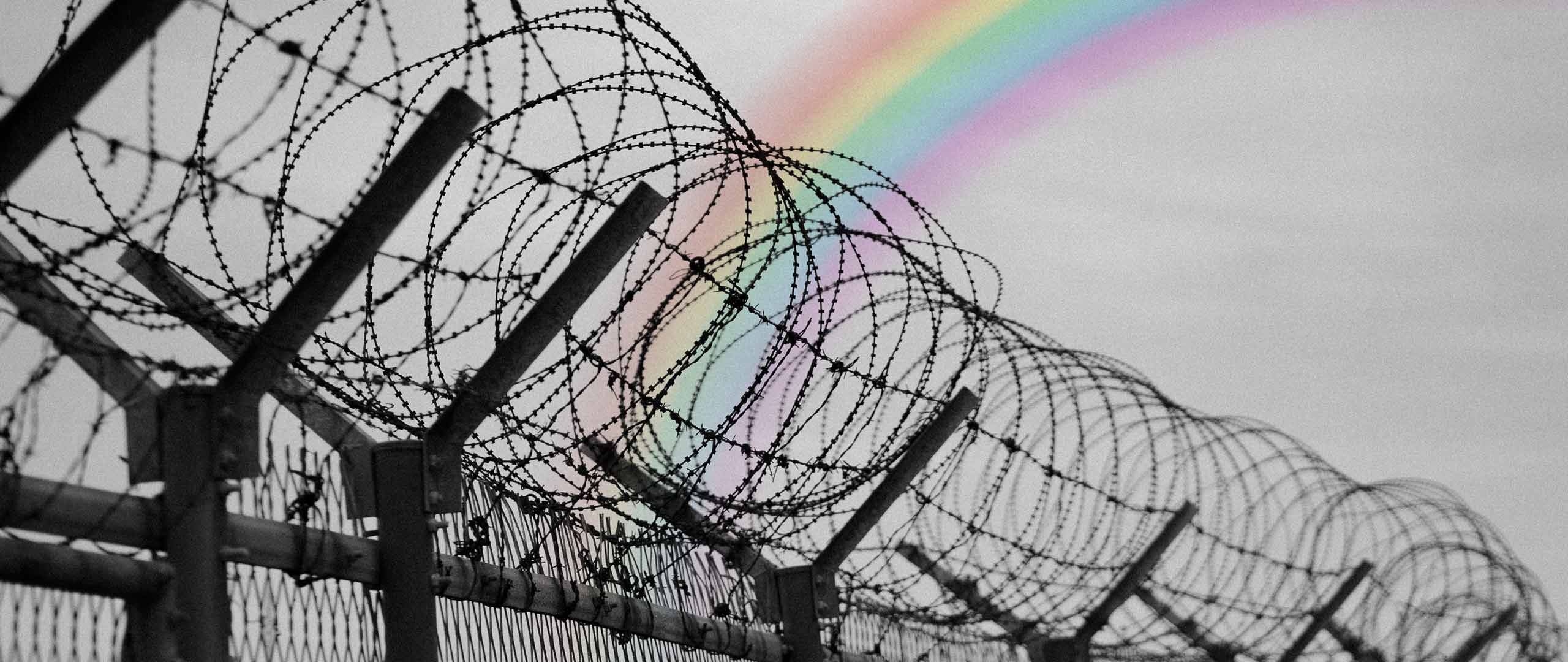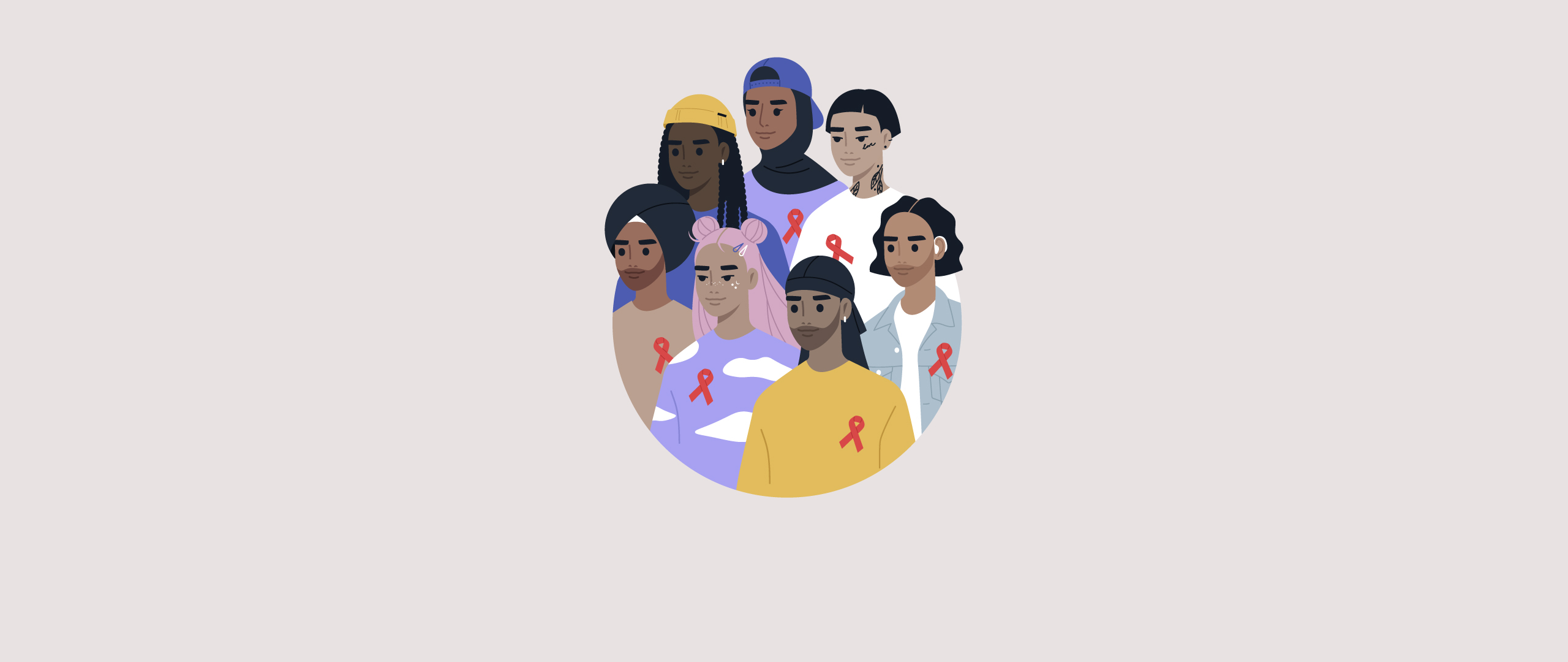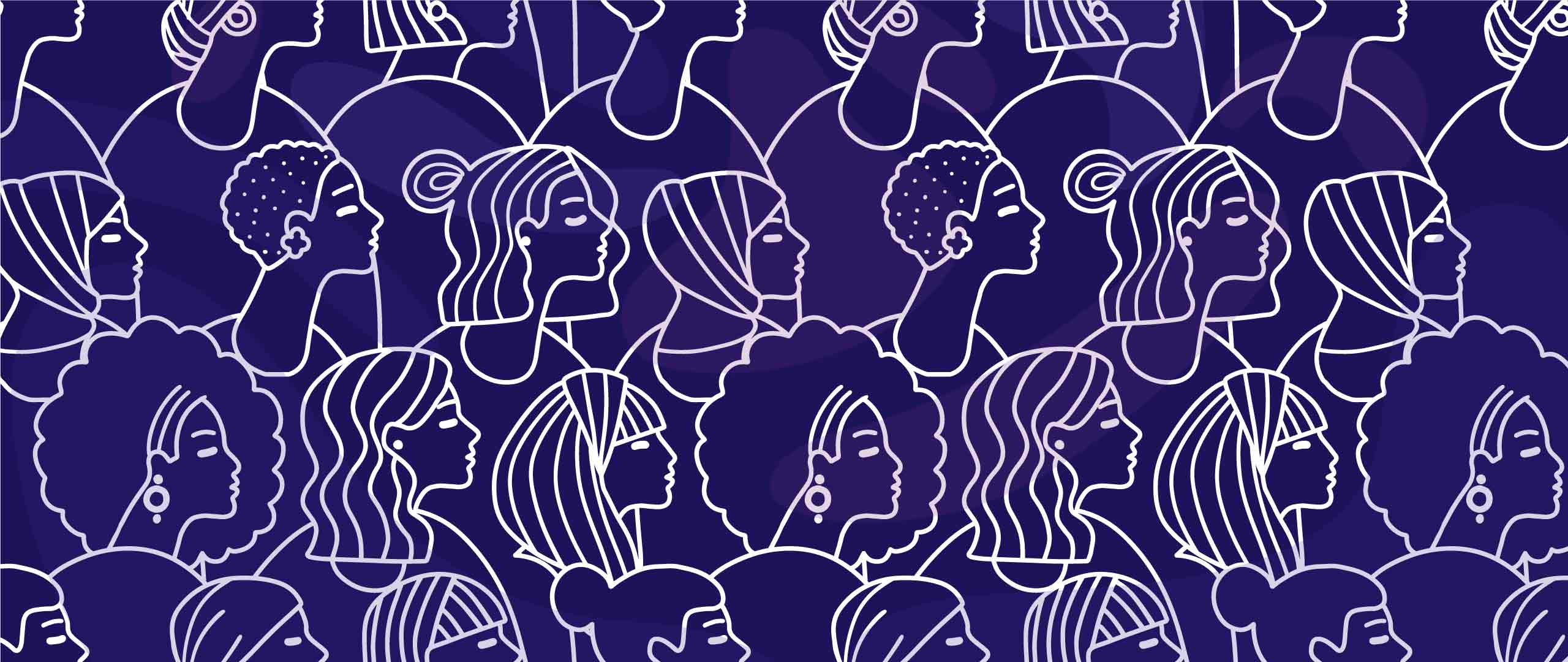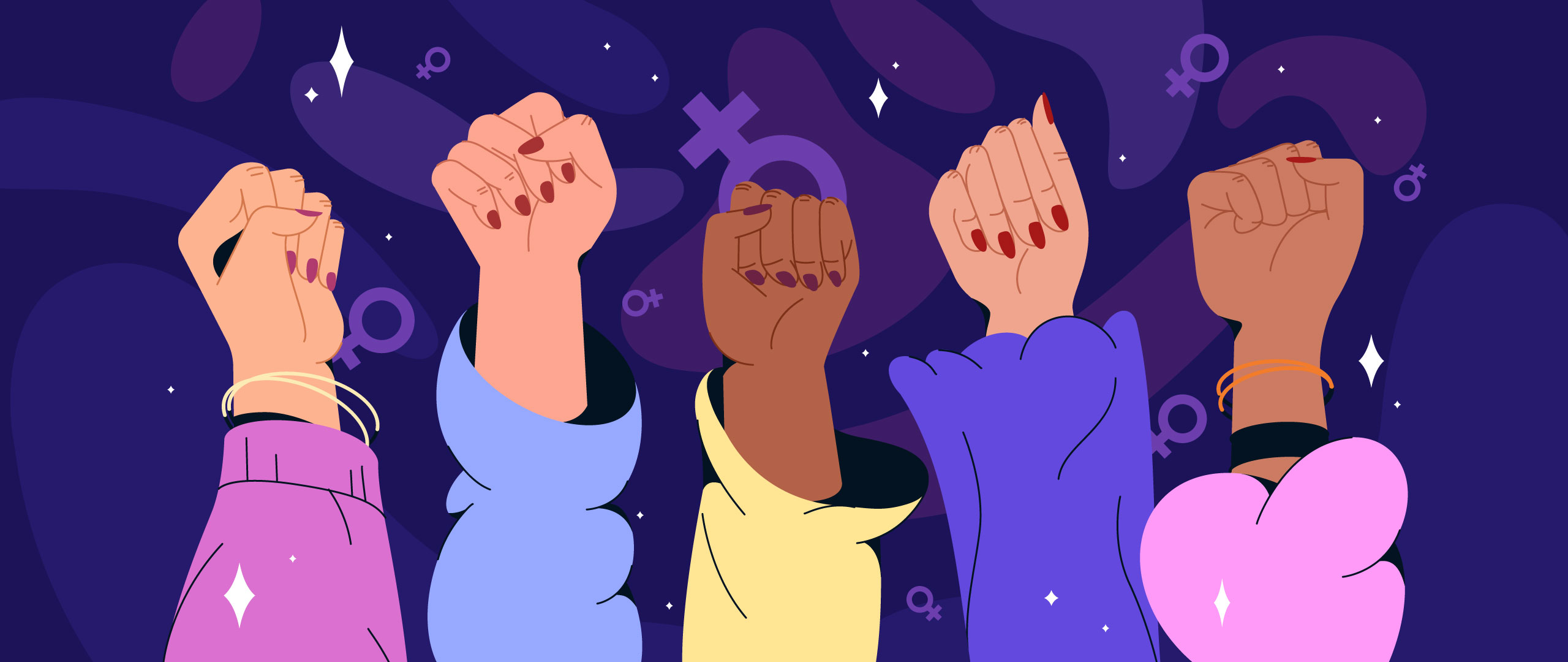The Reality behind Modern Day Slavery in the MENA
Human trafficking poses a serious threat to human rights, shattering lives, families, and dreams; however, trafficking in women still operates unabated in the MENA.
On the occasion of the World Day Against Trafficking in Persons 2022, I would like to shed light on the specific vulnerability of women to trafficking. Women trafficking is one of the horrendous forms of violence against women, affecting an alarming number of women in the MENA.
Human trafficking is primarily committed for the purpose of sexual exploitation, forced labor, and exploitative begging. According to the Global Report on Trafficking Persons issued by the United Nations Office on Drugs and Crime, 1887 cases of human trafficking were reported in the MENA region. This number is estimated to be much higher as many cases go undocumented.
As most of the documented cases are adults; women constitute two-thirds of the victims. These women are mainly victims of forced labor. As a matter of fact, more than 40 percent of human trafficking female victims detected in Middle East countries in 2018 (outside countries of the Gulf Cooperation Council-GCC), were coming from East Africa, according to the 2020 UNODC Global Report on Trafficking in Person. In this light, the trafficking of Sub-Saharan countries women, more specifically Ghanaian women, to Kuwait, Saudi Arabia, and Qatar, in particular, for forced labor has become a troubling phenomenon for the Ghanaian and Middle Eastern governments respectively.
Most of these women are unreported, making their human trafficking experiences vulnerable, nuanced, and complex. According to the United Nation‘s International Organization for Migration (IOM), there has been an approximately a 600% increase in the number of potential sex trafficking victims arriving from Africa to the Gulf States. They are often political asylum seekers, refugees, or pursuers of non-existent or dead-end jobs, promised by fraudulent recruitment agencies. Being exploited on a false pretense of a brighter future, these vulnerable female victims are forced to work as housemaids, nannies, and sex workers at nightclubs, out of fear of being deported.
Robbed of their dignity, their stories are stories of abuse, violence, sexual harassment, torture, inhumane working conditions, and even death. On the other hand, the stories of female refugees or migrants in war and conflict are not so different. Living in the long shadows of human trafficking, they fall in the trap of the so-called, Kafala System. Labeled as a form of modern slavery, the latter is a legal framework that is used to control migrant workers by extending the rights of private employers to control a plethora of job-related aspects of the employees such as restricting movement outside of the host country and the possibility to switch jobs, as well as, set below the minimum standard wages. Hence, these female migrants become vulnerable preys to coerced labor.
Furthermore, technology has played an essential role as a tool that can both enable and hinder women's trafficking. With the advent of COVID-19, the world has witnessed an unprecedented use of online platforms, creating cyberspace for human trafficking. Indeed, traffickers use these digital platforms as well as social media, which offer great speed, cost-effectiveness and anonymity, to identify, groom, recruit, control and exploit their victims; reach out to potential clients; and communicate with fellow perpetrators, both nationally and internationally. Thus, technology allows these predators to advertise services provided by victims, including young girls’ pornographic content.
Surprisingly, new forms of human trafficking are emerging like the presence of female traffickers, intra-regional and domestic trafficking, and temporary marriages. The latter is when the woman has few rights and the husband decides when the marriage ends, a new form of legalized prostitution. Although there are numerous international documents providing mechanisms on how to combat this crisis, many governments seem still in denial with neglect to report on and prosecute human traffickers. No acute and serious actions and measures are being taken to curb this plight.
The Pathway to Combat Human Trafficking
So what is to be done? The governments, the private sectors, and the public must cooperate to fight this crisis, providing comprehensive laws and social protection programs that deal exclusively with human security issues. In the words of Mr. Costa, the executive director of UNODC: "More must be done to reduce the vulnerability of victims, increase the risks to traffickers, and lower demand for the goods and services of modern-day slaves".
The article represents the views of its writer and not that of LEED Initiative.



